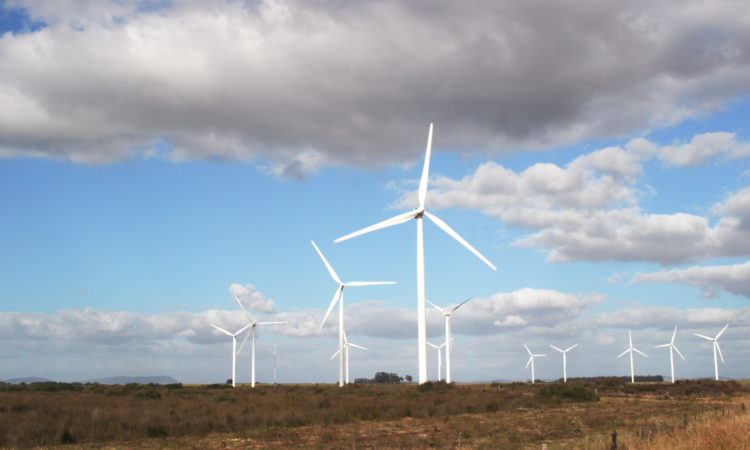The South African Wind Energy Association (SAWEA) is pushing for a green economic recovery plan, which should consider renewable energy as one of the main components of the government economic stimulus package post-COVID-19.
The COVID-19 pandemic has brought a severe strain on the economy of South Africa resulting in disruption of capital flows, increased unemployment rates, and growing debt burdens. In his address on 21 April, the President stated that “Central to the economic recovery strategy will be the measures we will embark on to stimulate demand and supply through interventions such as substantial infrastructure build programmes…”. To achieve a sustainable and lasting economic recovery, these actions should focus on long-term impacts, as well as the short-term need to generate growth and jobs.
Economic recovery plan post-Covid-19
It is expected that the energy demand will start ramping up as the country eases lockdown conditions in line with published lockdown levels, and additional energy capacity will be required. Therefore, Government should take measures to stimulate demand by moving decisively to electrify the economy. Renewable energy is well positioned to play an important role in the country’s economic recovery post COVID-19, since it is infrastructure investment that government does not have to put capital investment into.
SAWEA has joined the major wind industry corporates and associations across the world, in support of the Global Wind Energy Council’s (GWEC) drive to secure wind power’s role in the global economic recovery, following the COVID-19 crisis, which lays out key policy actions that must be put into motion in order to realise a sustainable economic recovery.
“Our industry views the first step in this recovery plan is to fast-track the Ministerial Determination concurrence process by NERSA, which should give effect to the IRP 2019 thus enabling the Department of Mineral Resources & Energy to proceed with the plans to procure new generation capacity” says SAWEA CEO, Ntombifuthi Ntuli.
Also Read: South Africa companies can set an example for Africa in dealing with Covid-19 fallout
Whilst the wind energy allocation in the 2019 IRP promises to reduce the cost of energy, improve the country’s competitiveness and help deliver the additional power needed to kick-start the economy, the industry is of the view that the procurement of new capacity should be fasttracked in order to deliver energy to the grid by 2022 in line with the IRP 2019 stipulations. We view wind energy as a key building block for economic recovery as it can deliver new electricity infrastructure with private investments, and help South Africa achieve sustainable economic recovery.
Furthermore, the sector has been a source of substantial capital invetments in the South African economy, a total of R80 billion has been invested since 2012. Ramping up installed wind capacity by 1.6GW per annum as allocated in the IRP 2019, would create additional annual investments of about R40 billion per annum in SA, which will help to deliver jobs, clean and affordable power and energy security needed for a sustainable economic recovery.
“SAWEA would like to call on government, intergovernmental bodies, and lending institutions, to put clean energy investments at the centre of their economic recovery and economic stimulus packages by implementing regulations that are fit for purpose, including market designs that provide long term price visibility and streamlined permitting that enables rapid ramp up of the deployment of renewables,” concluded Ntuli.
This can also be achieved by enabling and promoting end-consumer 100% renewable energy demand in order to allow corporates to ramp up and meet their sustainability objectives; and removal of regulatory barriers where these exist in order to enable private sector to freely purchase renewable energy.


